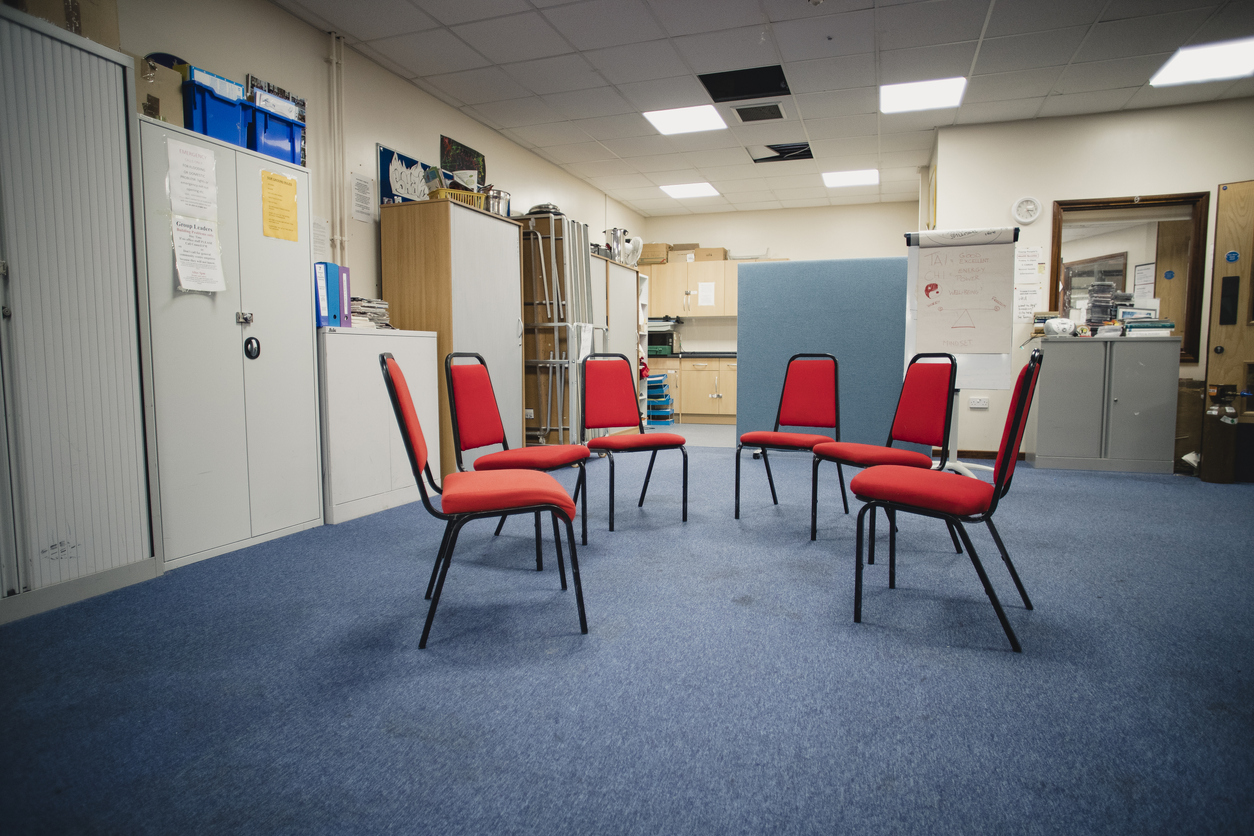
Insight from an Oldtimer
As an oldtimer who has attended well over 5,000 meetings, I suspect I have heard over 50 thousand 3-5 minute pitches.
Bad Pitches are Easy to Spot
Some pitches are a magnificent encapsulation of the incredible beauty, grace, and power the 12-step program offers. Other shares are horrible, meandering, unsupported nonsense that has nothing to do with AA or recovery. Add to that the bonus of being frequently laced with profanity and anger, too. Lucky us! Thankfully, most pitches are somewhere in the middle providing AA members with a chance to connect through honesty, humor, and the occasionally blowing off of steam that can happen in the “discussion” type of meeting.
A greater truth is this disparity of quality is what keeps AA meetings so interesting. You never know what you’ll hear! Or, by whom?
I am also almost always surprised who “brings the message” on any given day. You just never know.
What Makes a “Great” Pitch?
“Great” pitches typically share these qualities. These concepts are easy to understand, and if you think about them for a minute or two before you open your mouth at your next AA meeting, your shares might become even more coherent and relevant then they already are. And, because of this added crispness, you’ll find your pitches will connect with more people. All good outcomes, right?
Three Ideas.
- Stick to one central idea. The temptation is to tell everything you know about a topic. Not necessary. Instead, focus on the one key point you want to say. Then, encapsulate that thought or idea in a straightforward sentence. An example would be if the topic is gratitude, you think, “I learned in AA to find something to be grateful for every day, the result is not only to not drink, but I also find I am a happier person!”
- Give a concrete example of your point. It’s super easy to stay in the philosophical clouds about the AA program and related topics. Don’t. That’s an invitation to speak from the head (and ego) and not share “the language of the heart.” When you talk from the head, people may follow your train of thought, but they will leave the meeting with nothing practical to help them with their issues. Giving a tangible example of what works for you and how you do it can help illustrate the topic in a way that brings it to life. For our gratitude example, here is the type of share I am talking about, “I used to be angry all the time until I came to AA and learned to be grateful. My sponsor suggested I create a list of things I am grateful for and build on it until I get to one hundred items, then review them with him! I’ve since grown that list to over five hundred items, and I refer to the list all the time whenever I feel headed toward resentment or anger.”
- Tie it back to the program. Remember, this is AA. AA meetings are not therapy, nor are they self-development. AA values continuous sobriety and trusts the 12-steps as a means to be sober and free. The Big Book is the AA guide. When sharing, be sure to tie back your example to the program and the steps. Make it clear. Back to our gratitude example, “the big book talks about being happy, joyous, and free. I have found that the simple act of remembering to be grateful helps me be that way!”
AA Magic
A quick note here. I get it. Pitches are primarily for the person giving the pitch. “Letting if fly” when “stuff is going on” is one of the great gifts of the program. Delivering competitively great pitches by untrained AA members is a huge ask. Shares that are spontaneously real is what matters. Those open pitches are the ones that connect. When that happens at the proper time in the right meeting, AA magic occurs.
So, including these little ideas will connect you with more folks the next time you share at an AA meeting.